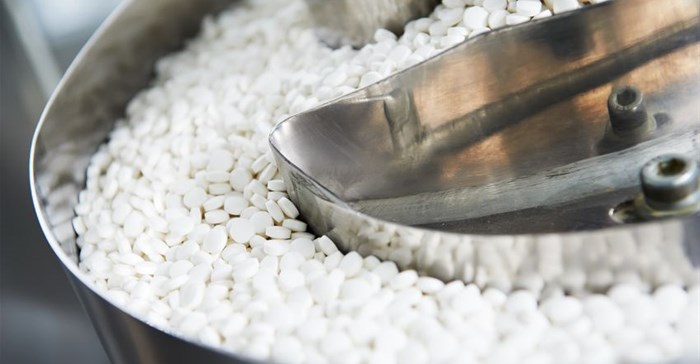Africa offers $40,8bn pharma opportunity
A report by Frost & Sullivan shows that there has been a paradigm shift in the burden of illness and non-communicable diseases (NCDs) across sub-Saharan Africa, which in turn is driving the demand for chronic prescription drugs.
"An increase in health spending will encourage local manufacture of drugs," says transformational health research analyst, Saravanan Thangaraj. "We expect this increase in local formulation and filling to be protected by regulatory and tariff barriers, so international players will be looking for local contract manufacturers and other strategic partnerships."
Heavy dependence on price, coupled with complexities associated with public sector tendering, make it difficult for multinationals to compete in this space. The private market, on the other hand, faces challenges with regards to fragmented payer channels between donors, private insurance payers and employers, even as high out-of-pocket expenses restrict patient access to medicines.
Nonetheless, several trends are encouraging investment:
- The regulatory environment for manufacturing in East Africa is improving rapidly with increasing regional harmonisation.
- Pharmaceutical spending in Africa was noted to be growing by 10,6%.
- Out-of-pocket spend on healthcare is increasing.
- The share of OTC drugs is high, indicative of a culture of self-medication in Nigeria and Kenya.
- Contribution of NCDs to the healthcare burden in Africa will rise by 21% through 2030.
“Addressing loopholes in the supply chain and distribution channels is crucial for foreign companies to ensure product availability and prevent circulation of counterfeit drugs,” adds Thangaraj.
“Investing in technical training of distributors and pharmacists, and product-specific initiatives like barcodes and holograms to track counterfeits, can also help minimise drug trafficking and enhance the brand’s image.”













